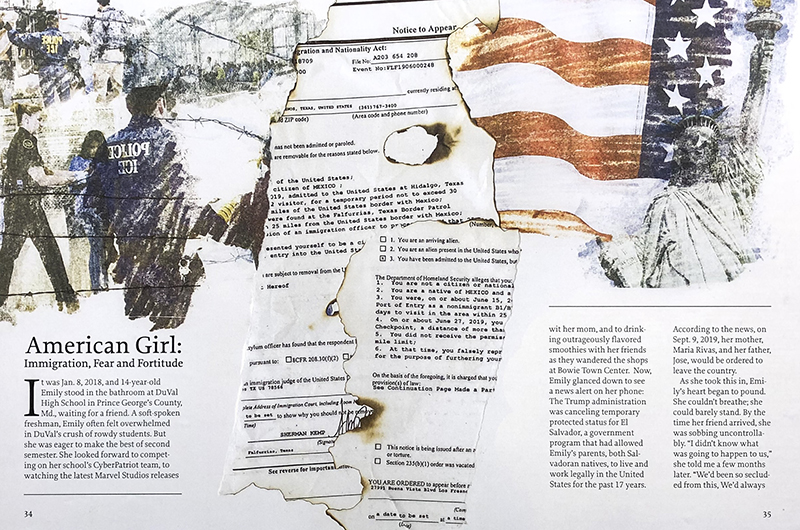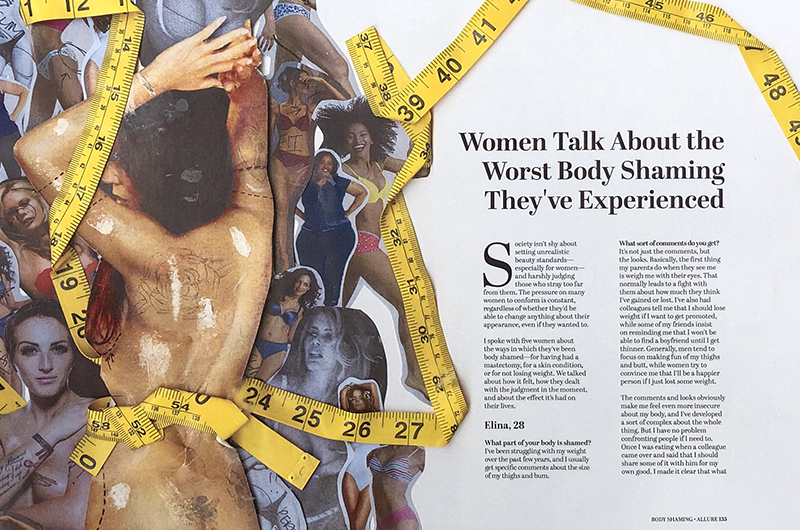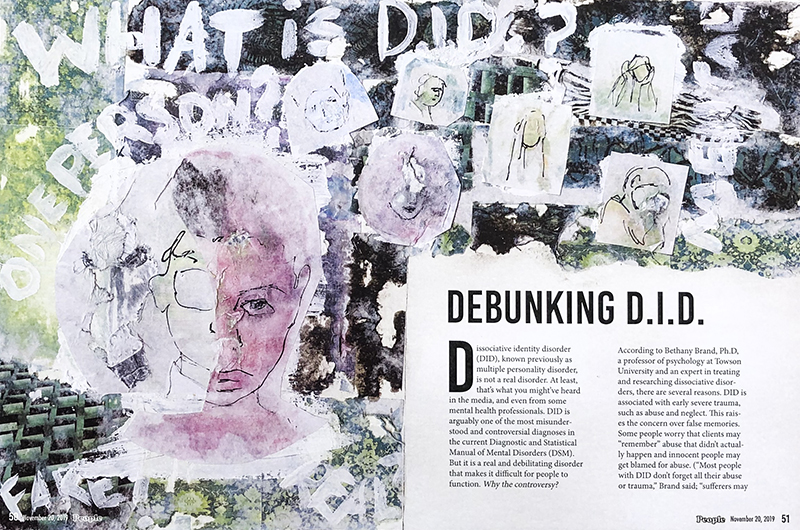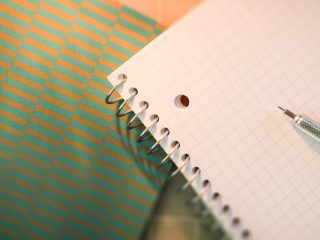There is a lot of power in a photograph. Native Americans and other early civilizations who were exposed to the medium recognized this and were so terrified by it, that many of them thought it captured the soul or spirit. I believe this power comes from the perceived realness of it, the near perfect duplication of reality. This is important because it works to recreate or build a connection to all that occurred during that reality, whether it be a feeling, a smell, a taste, or even sounds.
In full disclosure I have zero experience in the art form of photography. My knowledge of photography is limited to a single History of Photography course taken in my third year of grad school. With that being said, I do have significant experience with imagery and its impact on the human psyche (my graduate thesis: Emotional Triggers of Branding). It is this connection with reality and the human psyche, that I wanted my students to build from in their latest illustration project.
This project called for students to utilize found or self-generated photographs in their physical manifestation (not digital) for the purpose of using its “reality duplicating properties” as a foundation. For the project students were then taught and required to use hands-on photomanipulation methods such as traditional mark making (remember your high school yearbook?), transfer methods, and collage. Students then received numerous lectures that built upon previous principles taught for earlier projects such as the emotional value of materials and the ethereal qualities of liquid mediums.
As with any design project its purpose is to communicate. Students also received lectures on creating bias with imagery, thus using the imagery to manipulate the audience. Each student selected an article for which they would put all of these principles of illustration and communication into action. Below are some the finished results.





The project proved to be both enlightening for me as an educator and for the students. As an educator I found it as another way to instill the idea of “Perfect Imperfections” (a post coming later) and for the students I think it helped bring back the joy of creating and discovery that many have lost in our technology driven area of study.



